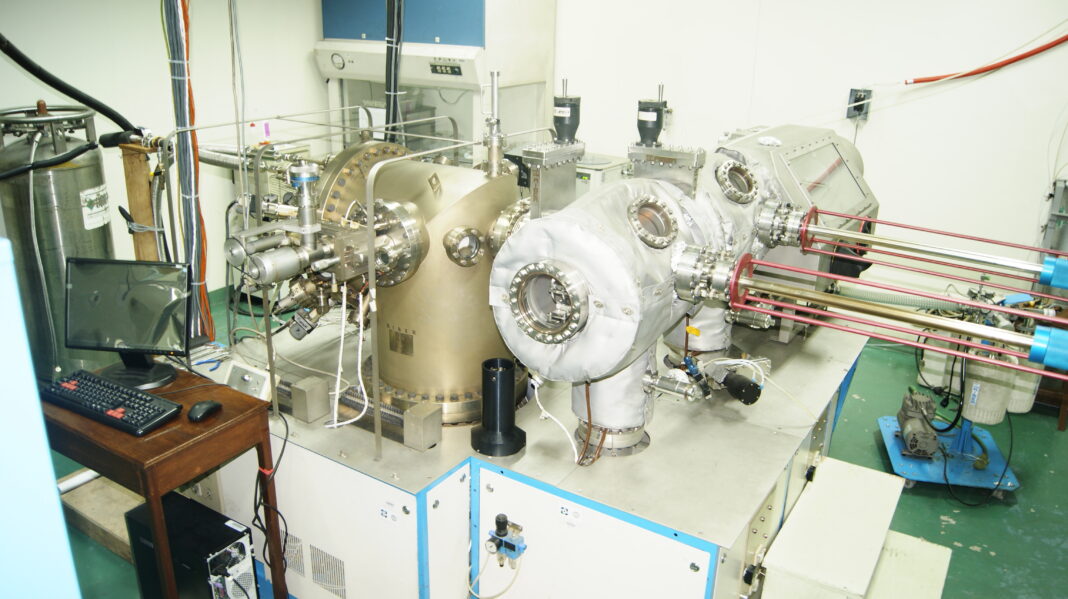Scientists from the University of the Philippines – Diliman College of Science (UPD-CS) have developed a new semiconductor structure that could lead to more affordable and reliable terahertz (THz) technology—used in applications ranging from medical imaging to high-speed wireless communication.
One of the goals in THz research is to make THz-Time Domain Spectroscopy (THz-TDS) widely usable; this invention addresses key technical and economic barriers to its adoption.
Dr. Cyril Salang of the UPD-CS Materials Science and Engineering Program (MSEP), together with Dr. Arnel Salvador, Dr. Armando Somintac, and Dr. Elmer Estacio of the UPD-CS National Institute of Physics (NIP), and Dr. Joselito Muldera of RIKEN—a national scientific research institute in Japan—have introduced a new design for semiconductor components. It features a substrate, a buffer layer, and an epitaxial layer— a thin crystal layer grown on top.
What makes their design unique is the use of a mismatched buffer layer—a material whose atomic structure (called lattice constant) differs significantly from both the substrate below and the epitaxial layer above. While such mismatches typically lead to defects or poor performance, the scientists’ invention surprisingly results in high-quality layers that perform just as well as, or even better than, traditional materials used in THz emitters.
The team added a growth-interrupted region and a superlattice—a structure made of alternating thin layers—to strengthen the adhesion between components despite the lattice mismatch. The p-type indium arsenide (p-InAs) layer was grown on top of a superlattice which was deposited on top of a main buffer layer over a growth-interrupted region over a more affordable gallium antimonide (n-GaSb) substrate. When tested, the invention delivered impressive results.
Its performance was comparable to traditional bulk materials when using a 0.80 μm laser, and even better with a 1.55 μm fiber laser—which is cheaper and more practical for mainstream use—making this invention a potential game-changer for THz-TDS systems.
Dr. Salang shared that it took 11 years from the initial idea in 2013 to the patent approval in 2024. “My paper was published in 2015, followed by an invention disclosure later that year. With support from the UP Diliman Office of the Vice Chancellor for Research and Development (OVCRD), the patent application was filed in February 2016 and was officially granted in 2024,” she said.
With their newly granted patent, Dr. Salang and her team are in a much stronger position to contribute to the growing terahertz industry. “Receiving a national patent means that the originality of our work is recognized. It encourages me to do further innovation,” she added. — Eunice Jean C. Patron / UP College of Science
For interview requests and other concerns, please contact media@science.upd.edu.ph.




